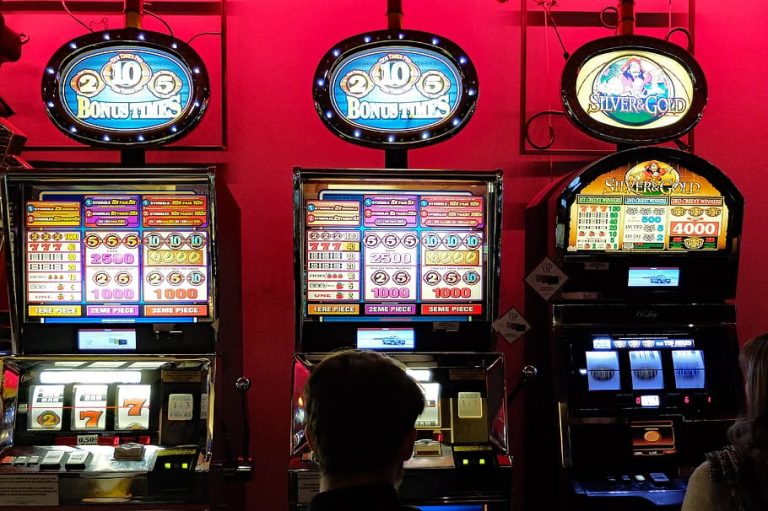In the intricate world of casino gaming, the term Return to Player (RTP) stands as a crucial metric that impacts player expectations and strategies. RTP serves as a fundamental indicator of a game’s generosity, revealing the percentage of wagers a Slot138 machine or casino game is designed to return to players over time. Unveiling the concept of RTP is essential for players seeking to make informed decisions and maximize their gaming experience.
- Defining Return to Player (RTP): RTP is expressed as a percentage, indicating the average amount of money that a player can expect to receive back from their total wagers over an extended period. For instance, a game with a 96% RTP implies that, on average, players can anticipate getting $96 back for every $100 wagered. It’s important to note that RTP is a statistical average and does not guarantee specific outcomes in the short term.
- RTP and House Edge: RTP and the house edge are inversely related. While RTP represents the portion of wagers returned to players, the house edge is the casino’s advantage. Subtracting the RTP percentage from 100% provides the house edge. For example, a game with a 96% RTP has a 4% house edge. A lower house edge is generally more favorable for players.
- Game Variance and RTP: Understanding a game’s variance is crucial in conjunction with RTP. Variance, often referred to as volatility, determines the risk and reward profile of a game. High-variance games may have infrequent but significant payouts, while low-variance games offer more frequent but smaller wins. Players should consider both RTP and variance to align their gaming preferences and risk tolerance.
- Checking RTP Information: Reputable casinos and game developers provide RTP information for their games. This transparency empowers players to make informed choices. Before engaging with a slot or casino game, it’s advisable to check the RTP percentage, typically found in the game’s information or settings. Players can then choose games that align with their desired level of risk and potential rewards.
- Influence on Strategy: RTP can influence a player’s strategy when selecting games. Those seeking prolonged gameplay and entertainment may opt for games with higher RTP, as they provide a better chance of preserving their bankroll over time. Players chasing significant jackpots might be drawn to higher-variance games with lower RTP, understanding the potential for larger, albeit less frequent, payouts.
- Continuous Monitoring and Awareness: RTP values can vary among different games and casinos. Regularly monitoring RTP information and being aware of the specific percentages associated with favored games is essential for savvy players. This awareness empowers players to adapt their strategies based on the specific characteristics of each game they choose to play.
In conclusion, RTP is a pivotal factor in the casino gaming experience, influencing player expectations and guiding strategic decisions. By unraveling the concept of RTP and incorporating this knowledge into their approach, players can navigate the diverse world of casino games with a more informed and calculated perspective.








+ There are no comments
Add yours